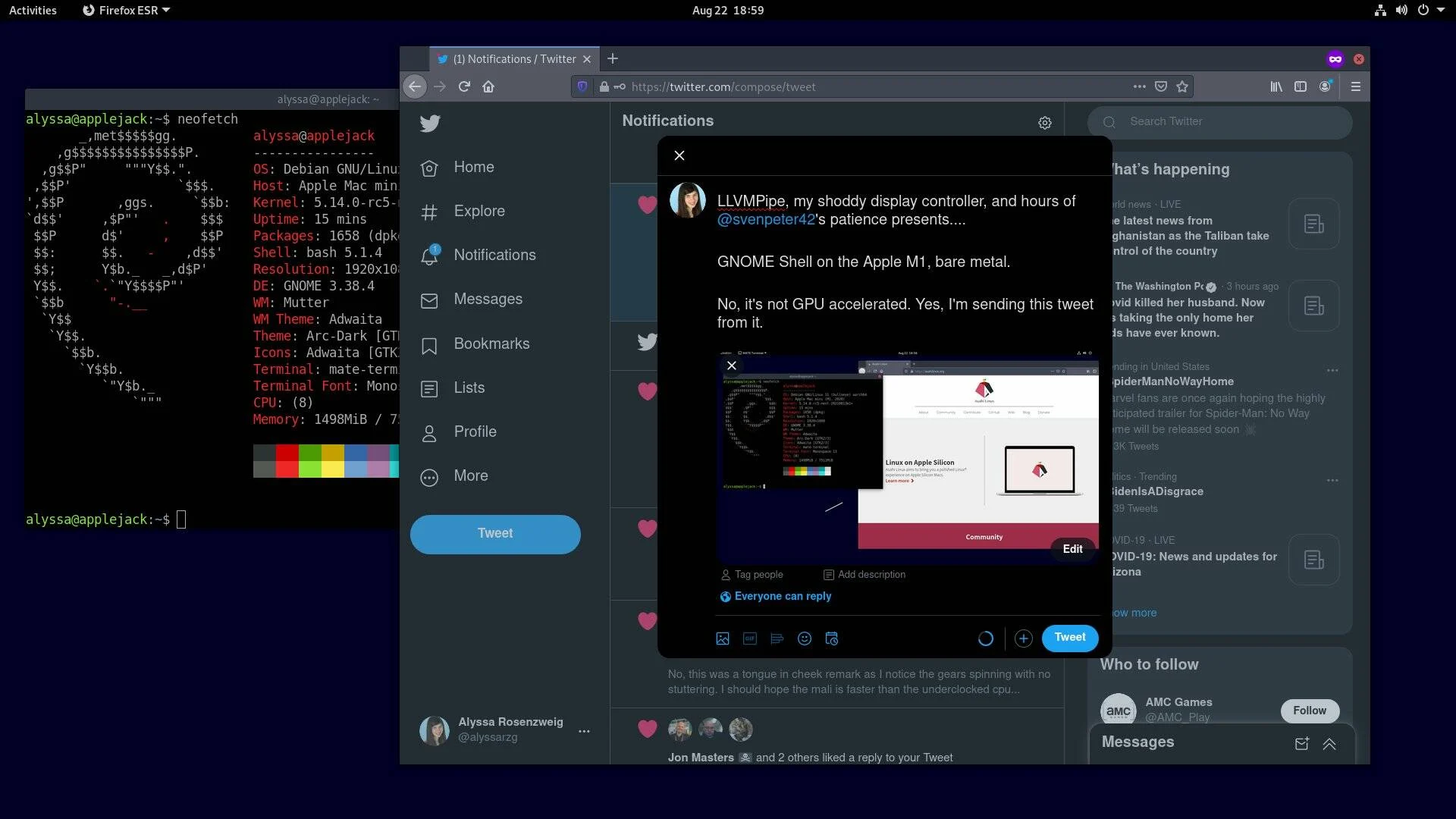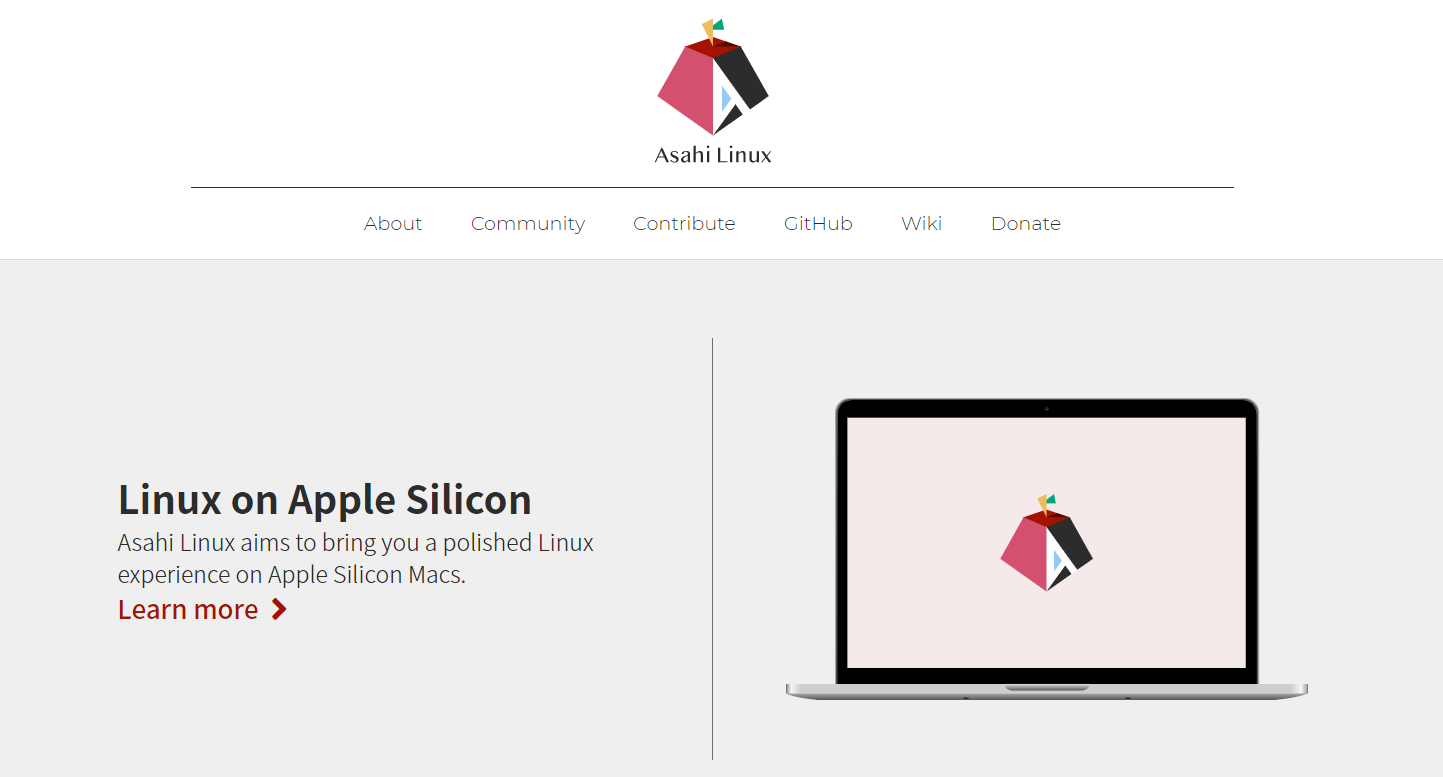
News from the Asahi Linux team, the effort to bring Linux to Apple Silicon has produced a basic functional desktop. The project officially launched earlier this year with a lengthy blog post detailing the challenges involved in introducing the operating system to Apple’s latest and most advanced devices. Since then, Apple M1 support has penetrated the Linux kernel. As of August, the GNOME desktop was displayed as boot, and its experience was described as “not very good, but it can be used”.The September progress report published by founder Hector Martin today is full of good news for fans of the project, including the comment that Asahi Linux “can be used as a basic Linux desktop”, though no GUI acceleration. Is.
Which desktop to use, Martin said: “No matter which desktop you want, it’s up to you!” The current plan is to provide a pre-configured Arch Linux ARM image with KDE, and possibly a bootable image for users. Set up your own desktop preferences.
Earlier this year, the lowest-end drivers have been included in the Linux kernel, but Martin said more things need to be done to improve M1 support, and the goal is to eventually bring everything upstream first.
What is included in version 5.16 of the Linux kernel (version 5.15 is currently in RC status) is PCIe bindings and drivers, as well as the USB-C PD driver. There are several other components under review, includingAppleThe Pinctrl driver for M1’s GPIO pins, the code that handles the M1’s device’s power management, and the display controller’s hardware is currently being developed, as well as other aspects of the work.
The team is also developing the installer, as it is still somewhat challenging to get these codes running on the M1 Mac Mini. “Once we have a stable kernel foundation, we will begin releasing an ‘official’ installer, hoping to see more widespread use among ‘adventurers’.” The installer will be a script, and the ultimate goal is to make before installing a Linux distribution, users use convenient methods to deal with difficult tasks like partitioning. After the installation is complete, you will need to restart in recovery mode via the power button and run the second script set up by the installer.
Once the selected release is running, the ARM64 application is expected to run smoothly. Martin said: “For the Rosetta way of running x86 applications, we’d like to try it as well. It should work with Wine so you can run it as well.windowsPlay”.
The progress reports seem very positive, but the biggest hurdle is clearly the GPU. Although there’s no GPU acceleration, the M1’s CPU is powerful enough that even desktop performance of software rendering is great. But he admits that there are still a lot of rough edges, especially the GPU, that need to be smoothed out before the desired smooth experience can be delivered.
“Still, we hope that it will give people who are willing to have a full cutting edge a taste of running Linux on these machines—for some people, it may be enough for production use.”




